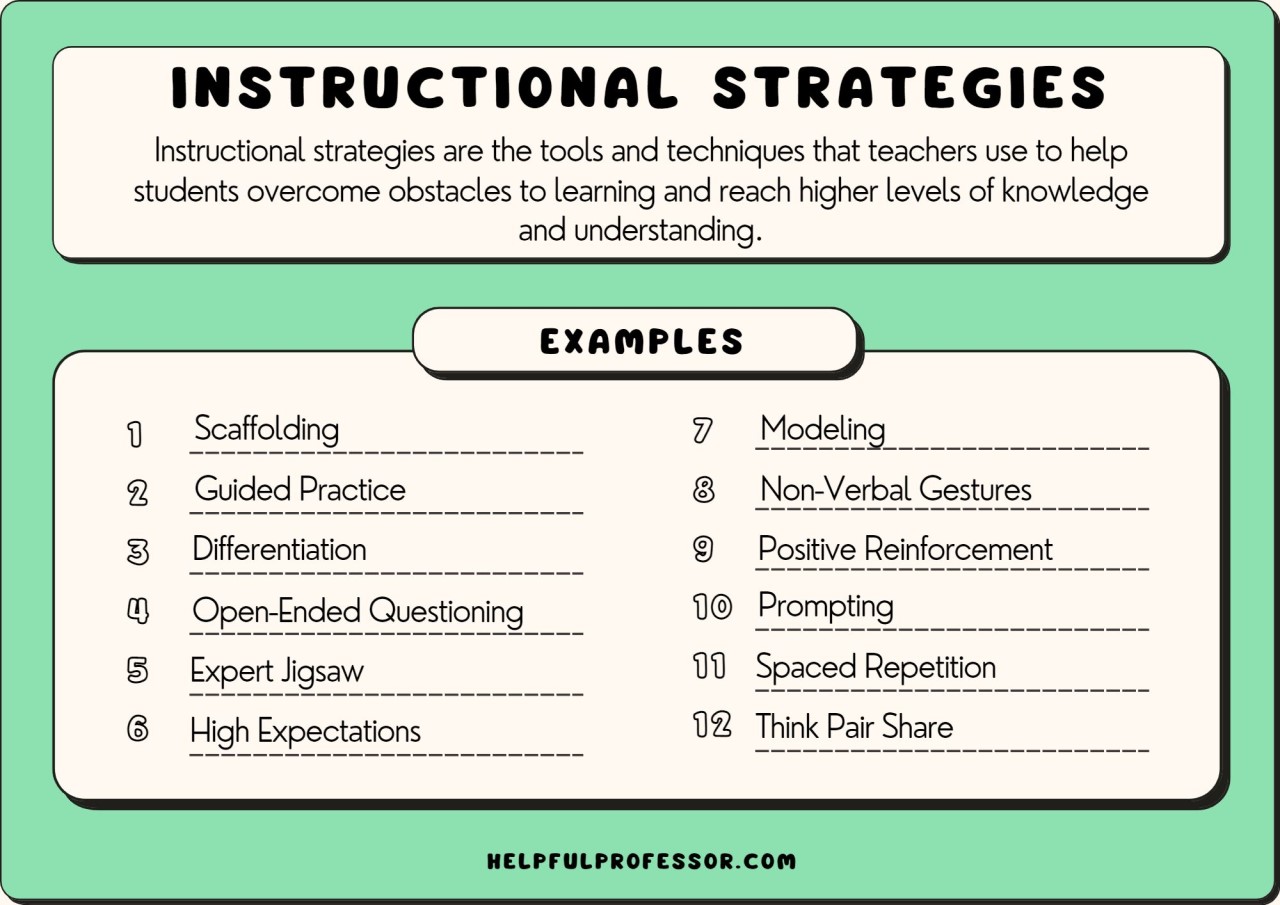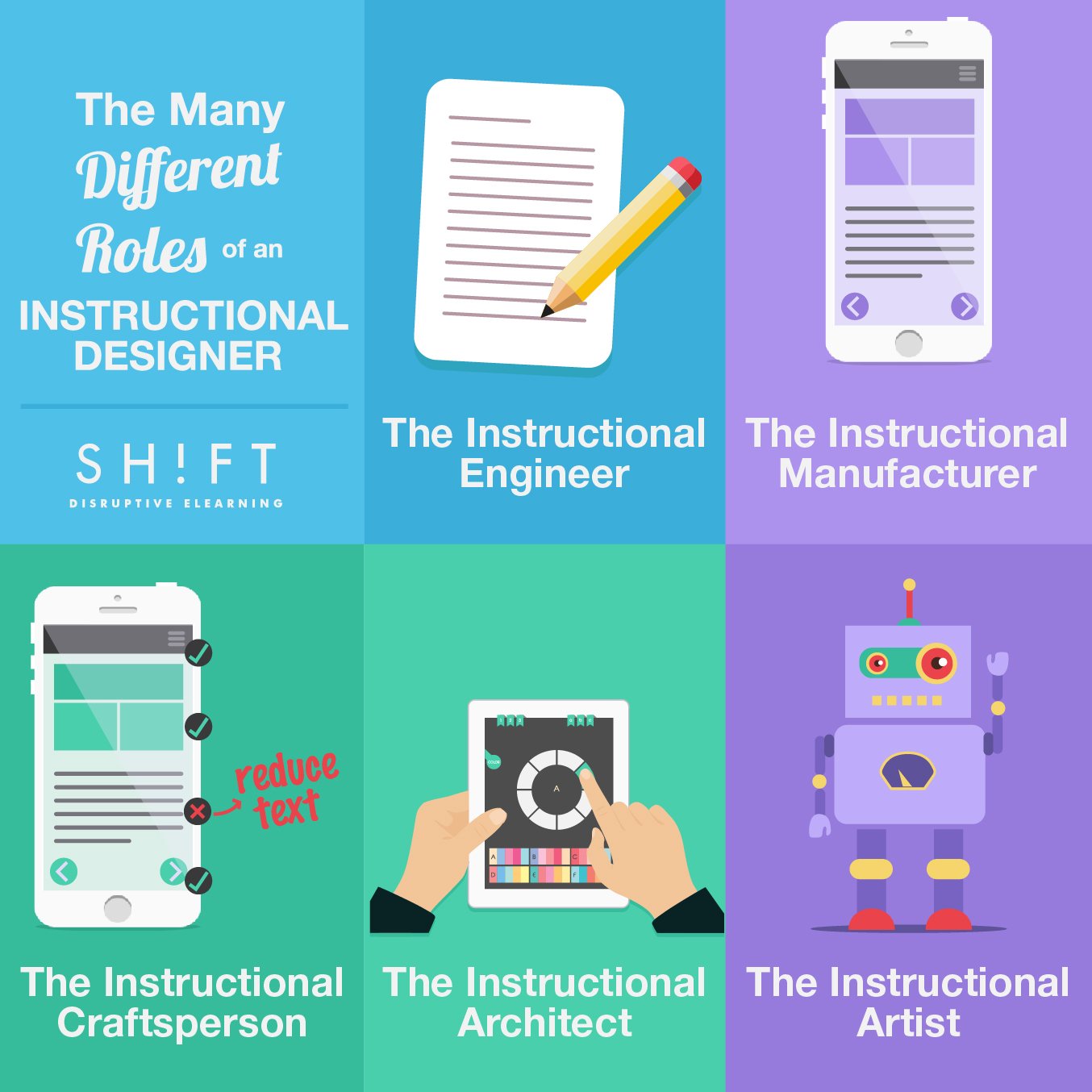Table Of Content

Predictable workloads and regular feedback help course designers iteratively transform any educational program for the better. Also, it’s important for course designers to constantly assess and reassess their technological methods of course delivery. They’re constantly asking how they can best capitalize on the resources at hand. Together you review their instructional material in order to adapt it for an online class. The professor has a project where the students had to write chapters of an employee handbook for a fictional company. Professors who have taught a course for years can become defensive when an instructional designer comes in with advice and suggestions for how to adapt their course for eLearning.
A systematic approach to designing learning experiences
You’ve made it to step four, where the infamous storyboard comes into play. You might’ve thought storyboards were confined to TV writer rooms, but they can be useful in a variety of other circumstances, including instructional design. In your storyboard, you can incorporate visuals, texts, characters and more to display your vision for your course. Creating a storyboard will help you better understand program flow and the relationships between different key points.

Learning objectives
21CSLA Digitally Mediated Learning Vignettes - ACSA Resource Hub
21CSLA Digitally Mediated Learning Vignettes.
Posted: Fri, 09 Feb 2024 08:00:00 GMT [source]
For example, the Understand stage of learning is complete when a student can interpret, summarize, paraphrase, infer, compare, classify, or explain the subject matter of a course. The model assumes that you can’t understand a concept if you can’t remember it. Creating (a system, a product, a piece of art) is the most advanced skill in Bloom’s Taxonomy.
State objectives
One study found that 45% of women and 60% of women caregivers in developing countries would have to halt or postpone their coursework if online learning were unavailable. Creating consistency throughout a course helps with continuity, making it easier for students to follow along. And a cohesive design involves much more than developing a style guide complete with a color palette, icons and fonts—although that’s definitely a valuable asset to have in your toolbox.
Next Steps
Learning, for example, is demonstrated by tests and quizzes that imply that the “right” kind of learning has to do with repetition and the acquisition of facts and data. There is also no specific instruction given in traditional models around diversity and inclusion. This last note from Kemp’s model is a good introduction to discussing the relevance of all the models we’ve looked into so far to multicultural groups and in a multicultural environment.
She is an avid reader, a budding writer and a passionate researcher who loves to write about all kinds of topics. You should also assess their competency in the topic the training will be based on and the training methods/ they prefer. Conduct a needs analysis to identify the needs of your target audience as well as training and business needs. On the other hand, if you’re a solo course creator, working with prototypes will add more work to your plate and complicate the process rather than streamline it. This theory was designed by the behavior science professionals at Allen Interactions as an alternative to ADDIE.
How to enhance retention and transfer in instructor-led training
Remember that instructional design models are theoretical, in-a-perfect-world approaches to designing a learning experience. They are supposed to guide course builders like you through the process and make your life easier — not harder. But to create truly effective and engaging online courses, you also need to become somewhat of an expert in education and understand how people learn.
What is Instructional Design in Education?
Your training materials and instructions need to facilitate immediate and meaningful action. As a rule, instructional design tells us to avoid non-relevant information and complex language that will only serve as a distraction. They can do a self-evaluation by answering the questions at the end of a lesson. In this way, they can monitor their progress and determine if they need extra attention on a subject. After the content has been delivered, learners are evaluated on what they’ve covered.
Describe The Basic Principles Of Assessment And Evaluation
Digital Learning Offices Help Faculty Thrive in Hybrid Environments - EdTech Magazine: Focus on K-12
Digital Learning Offices Help Faculty Thrive in Hybrid Environments.
Posted: Fri, 19 Aug 2022 07:00:00 GMT [source]
Breaking down content into manageable 'chunks' allows students to tell themselves 'it's ok, I only have to get through 2 more mins of lecture'. And it can be invaluable for students who don't have large chunks of time to devote to study — e.g. parents caring for young children who study during nap time. For example, it might mean creating shorter, topic-specific video lessons instead of hour-long lectures, or designing modular learning activities that students can progress through at their own pace.
Robert Gagne developed a framework to cater to different learning stages or situations. Iterative Development – Much like the Iterative Design phase, the Iterative Development Phase has the team rotate through development, implementation, and evaluation. As the course is developed, the team continually analyzes and evaluates, so that at any point if a change is needed, it can be made quickly without risk to the project’s budget or time. Iterative Design – This phase includes the Savvy Start, or the project kickoff meeting and the main environment for all project team members to converse.
This can range from analyzing performance issues and offering suggestions to designing and developing in-depth training experiences. See how to apply instructional design principles in a blended environment with this in-depth guide to blended learning design. Gagné’s eight event of instruction is an assessment of learner performance. This is where trainers officially evaluate how well learners have performed against the desired learning objectives.
The section organization is well-thought out and described for the reader, however, the chapters contained within could benefit from reorganizing and better links between them. Information varied quite a bit across chapters, from general to highly specific, and it will take time as an instructor to sort through which chapters provide the best fit for class purposes. Conversely, some information is repeated several times across different chapters as well. Instructional design combines education, psychology, and communications to create optimal teaching plans. It evolved from traditional lesson planning under the influence of behavioural psychology.
The difference between instructional design and curriculum design is the difference between the how and the what. While learning design originated from instructional design, the adapted term is supposed to draw more attention to designing for the learner. Instructional Technology and Educational Technology are both terms for instructional design with a greater focus on technology, internet-based education, and K-12 instructional design. They can include elements such as mobile learning, virtual Worlds, web-based courses, gamification, and more. If you want to learn more about eLearning, you can check out this article.

No comments:
Post a Comment